Cell Membranes of Eukaryotic Cells Contain Which of the Following
The plasma membrane is a semi-permeable membrane that separates the inside of a cell from the outside. Eukaryotic membranes are highly modified.
Bio 2960 Lab Cell Organelles Computer Lab
D Chloroplast is a single membrane bound organelles with stroma which contains a stack of thyllakoids called grana.

. Eukaryotic cells contain membrane-bound organelles such as the nucleus while prokaryotic cells do not. Prokaryotic Cells and Eukaryotic Cells are both covered by a_____ Which type of cell was the first to evolve Prokaryotic or Eukaryotic Are multi-celled organisms typically Prokaryotic or Eukaryotic Name which of the following are Prokaryotic and which are Eukaryotic. A true nucleus contains the chromosomes.
Stores sugar O amyloplast. Which of the following cells can change their shape. As plasma membranes they separate the cells from their external environment.
Cell wall on the outside of the cell with the cell membrane usually. In addition to Plasma membrane eukaryotic cells contain intracellular membrane surrounding the vacuole and organelles. Prokaryotic cells contain all of the following excepta.
Nucleus surrounded by a double membrane with pores. It is also called plasma membrane or cell membrane. Problem 3 Easy Difficulty.
The plasma membrane and the intracellular membranes together called as biological membranes of bio-membranes. Contains accessory pigments chromoplast. A White blood cell B Amoeba cell C Red blood cell D Euglena cell A.
Select that statement that reflects evidence that directly supports the endosymbiotic theory. 9 Which type of cell contains a cell membrane. They all contain a plasma membrane store their DNA in a nucleus and have membrane bound organelles c.
Eukaryotic cells contain mitochondria. All eukaryotic cells have the following features EXCEPT. Contains accessory pigments chloroplast.
Vibrio - comma shaped. - The electron transport system is located in the cell membrane in bacteria while in eukaryotes it is located in the mitochondrial cristae. Eukaryotic cell is described as a cell that contains a membrane-bound nucleus.
A eukaryotic cell has a plasma membrane cytoplasm and ribosomes including the endoplasmic reticulum Golgi apparatus chloroplasts and. Bacteria contain membrane bond organelles. 3 What cells contain your DNA.
5 What DNA contains. Within this are a number of chromosomes. The following points highlight the nineteen important functions of cell membranes.
This allows organelles within the cells to control what enters and leaves it by using a selectively permeable membrane. All eukaryotic cells have the following features EXCEPT. Lipid with a phosphate group.
Arrow_forward While eukaryotic cells are generally larger than prokaryotic cells metabolic requirements place upper limits on how large eukaryotic cells can become. In addition to the protein and phospholipid layer that acts as a selective barrier single celled animals for example have special proteins embedded in their plasma cell membrane that interact with molecules outside and allow the cell to react to changing external circumstances. In eukaryotic cells the plasma membrane consists of proteins carbohydrates and two layers of phospholipids ie.
Mitochondria lysosome etc are surrounded by a phospholipid bilayer membrane. Eukaryotic cells contain peptidoglycan in their cell walls. Plastids are of three kinds namely leucoplasts chromoplasts and chloroplasts.
Prokaryotic cells contain all of the following except a. 2 What cell part has the most DNA. 4 What contains nearly all the cells DNA.
An eukaryotic cell is a cell that have or contains a membrane-bound nucleus. They all contain a plasma membrane divide through mitosis and do not contain a nucleus CELL. Cytoplasm membrane bounded organelles cell wall plasma membrane Which of the following correctly matches the plastid with its function.
Plastids are the organelles present only in plant cell and bear color imparting pigments. Each one a single long linear DNA molecule wound onto basic alkaline histone proteins organising the DNA. The unique feature of Eukaryotic cell is that it has a nucleus that enveloped by a plasma membrane.
Plasma membrane protects the. All of the following are true statements about eukaryotic cells excepts. The glycocalyx of a eukaryotic cell is.
Eukaryotic cells contain the following components. Differences in cellular structure of prokaryotes and eukaryotes include the presence of mitochondria and chloroplasts the cell wall and the. This helps them grow many times larger than the prokaryotic cells.
They all contain a plasma membrane have cytoskeletal elements and do not contain a nucleus d. Eukaryotic cells contain membrane-bound organelles meaning that these organelles eg. The proteins are present in the membrane are specific and help in the signaling inside the cells by the activation of the protein growth factor receptors.
Eukaryotic cells have a nucleus enclosed within the nuclear membrane and form large and complex organisms. A eukaryotic cell has a plasma membrane cytoplasm and ribosomes including the endoplasmic reticulum Golgi apparatus chloroplasts and mitochondria. Stores sugar amyloplast contains accessory pigments chromoplast.
8 Why do all cells contain the same DNA. Exit in a variety of different cell shapes. O cytoplasm membrane bounded organelles cell wall O plasma membrane Which of the following correctly matches the plastid with its function.
7 Which cells in your body contain DNA Why do these cells need DNA. Option B is given as Certain proteins are unique to each kind of membrane. They all contain a plasma membrane a cell wall and divide through mitosis b.
Contains accessory pigments chloroplast stores starch Which of the following organelles. A eukaryote is the organism with complex features ie it is apart from the prokaryotic cell it has membrane-bound organelles especially the nucleus which contains the genetic material enclosed by the nuclear membrane. CHAPTER 15 EUKARYOTIC CELLS Have a basic set of membrane enclosed organelles Internal membranes contain enclosed compartments that segregate different metabolic processes found in most animal cells NAME FUNCTION PERCENTAGE OF TOTAL CELL VOLUME APPROXIMATE NUMBER PER CELL CYTOSOL contains many metabolic pathways protein synthesis.
The cell membranes cause compartmentalization. Eukaryotic cells also contain other organelles besides the nucleus. They can maintain different environments in a single cell that allows them to carry out various metabolic reactions.
6 Is the structure that contains the DNA of the cell. As organelle coverings they allow the cell organelles to maintain their identity internal environment and functional individuality. The membrane of the cells contains unique proteins.

Eukaryotes And Prokaryotes What Are The Similarities Differences And Examples Rs Science

Eukaryotic Cells Definition Parts Examples And Structure
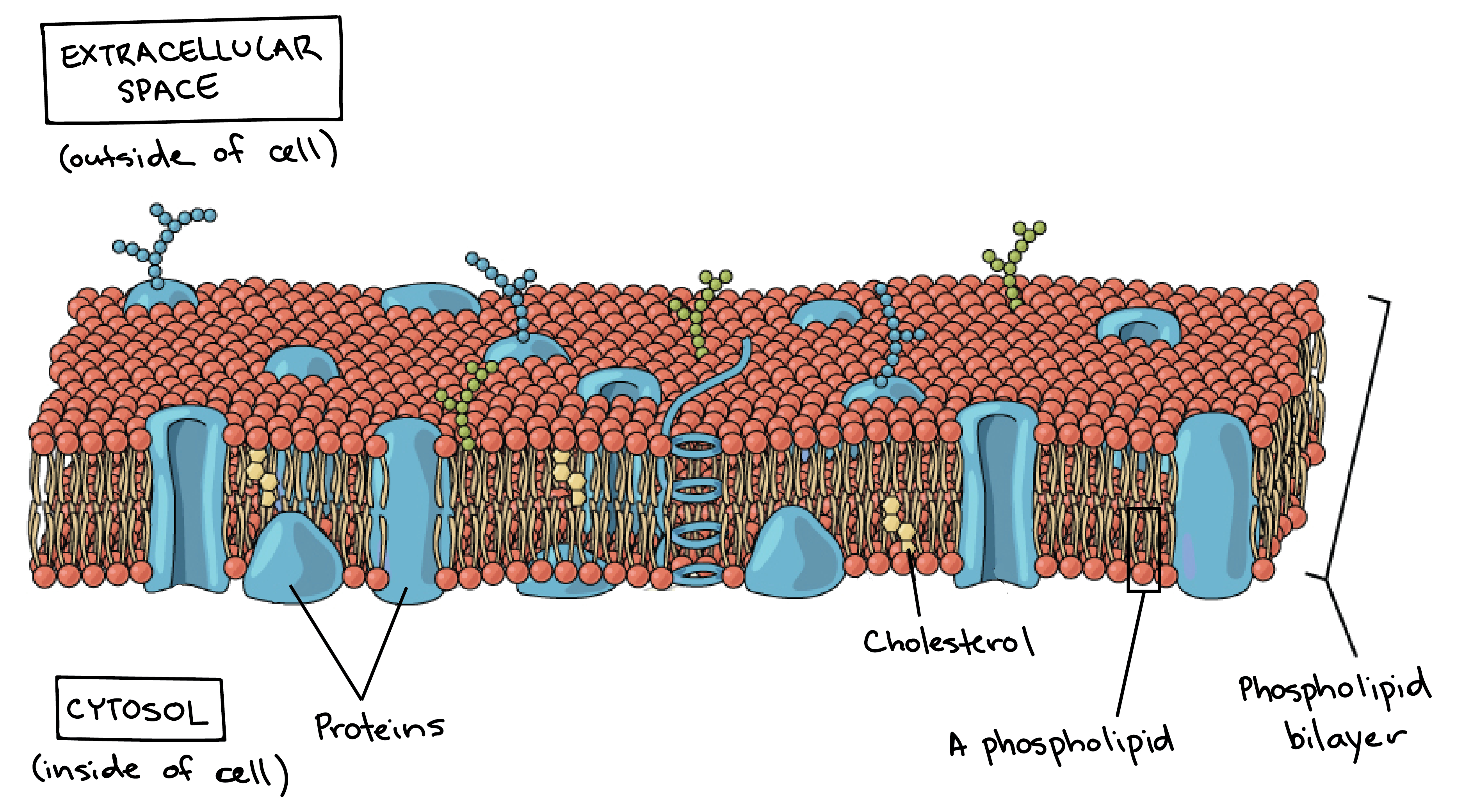
Plasma Membrane And Cytoplasm Article Khan Academy
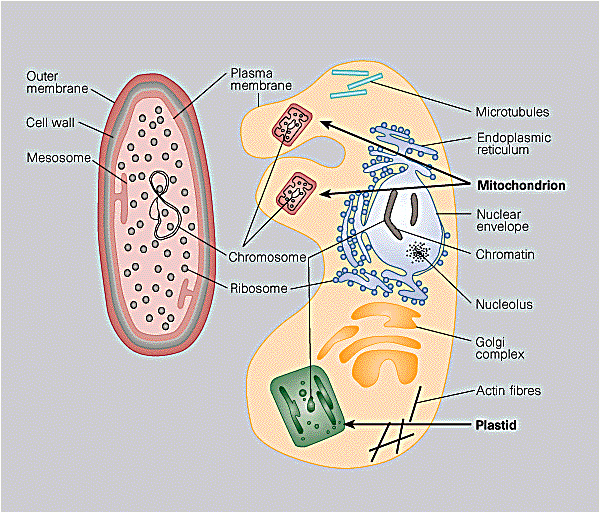
Typical Prokaryotic Left And Eukaryotic Right Cells Learn Science At Scitable
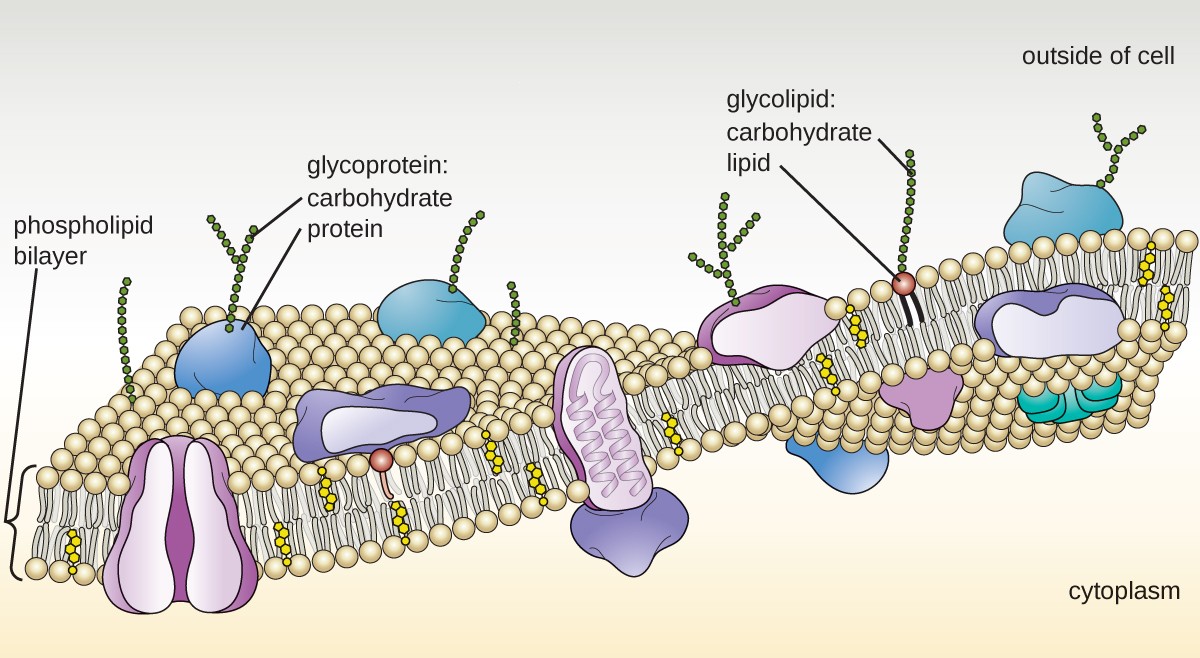
Unique Characteristics Of Eukaryotic Cells Microbiology
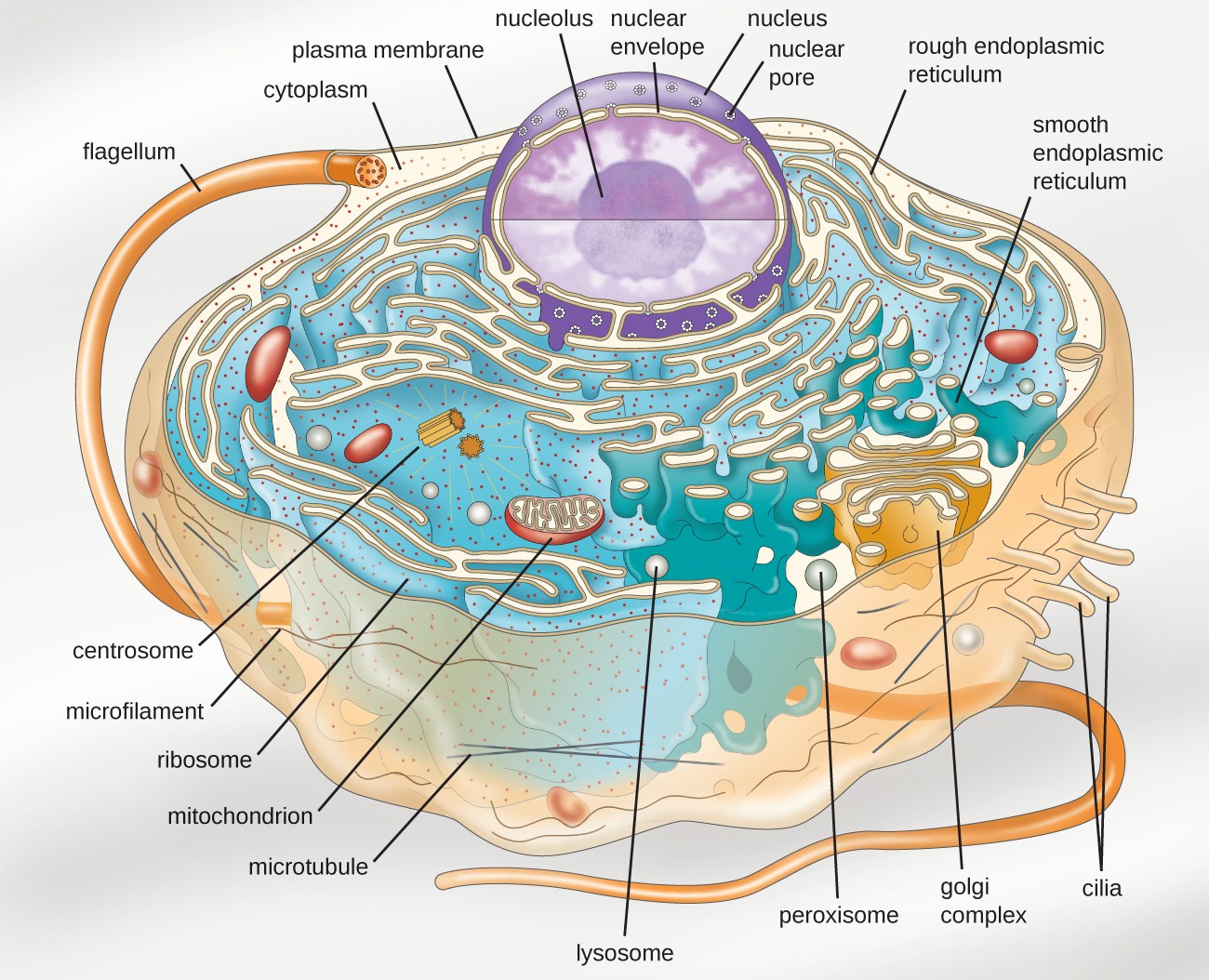
Unique Characteristics Of Eukaryotic Cells Microbiology
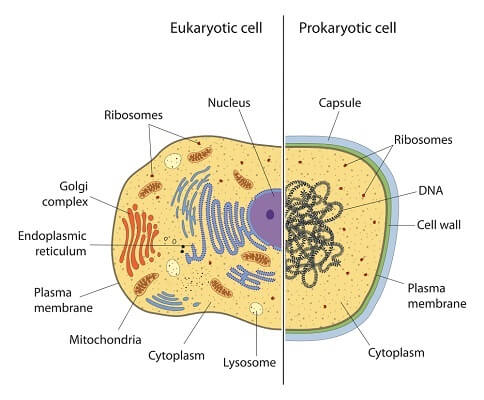
Prokaryotic Cell Definition Examples Structure Biology Dictionary
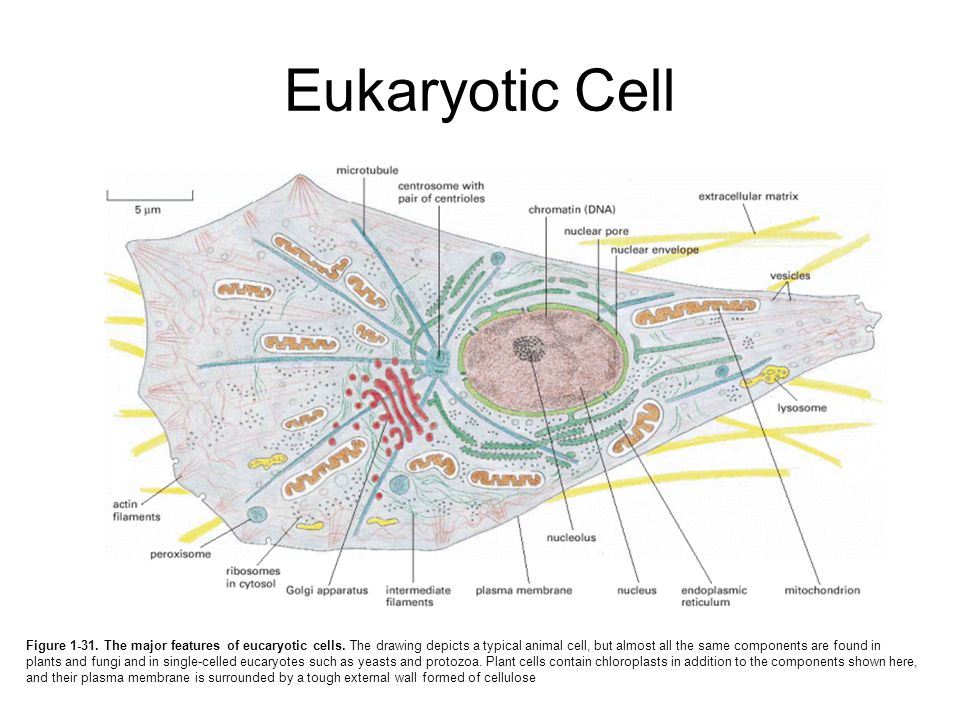
Eukaryote The School Of Biomedical Sciences Wiki

Eukaryote Definition Structure Facts Britannica
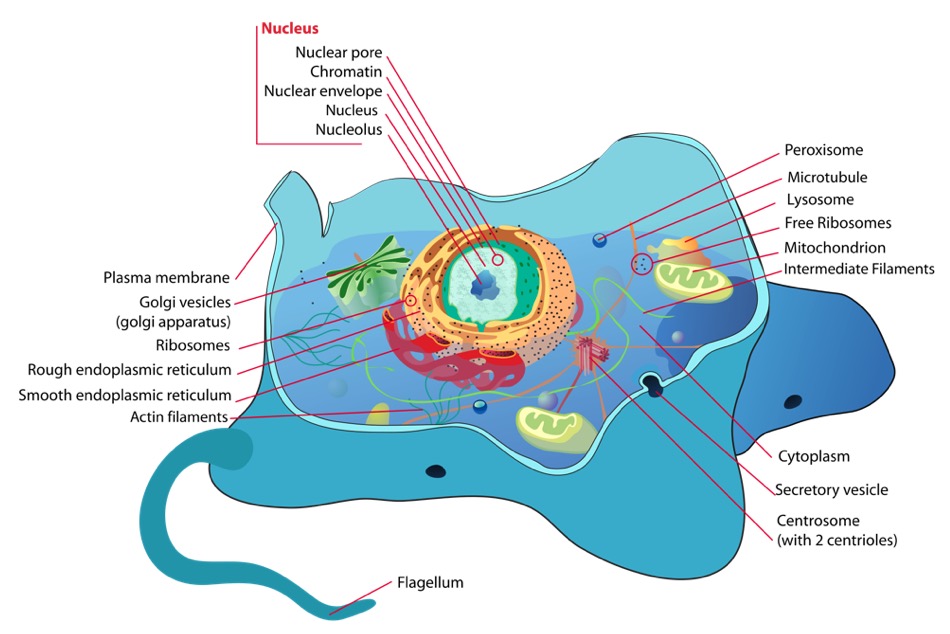
Cell Types Eukaryotic Versus Prokaryotic Concise Medical Knowledge
Are Prokaryotes More Complex Than Eukaryotic Cells Quora

Eukaryotic Cells Definition Parts Examples And Structure
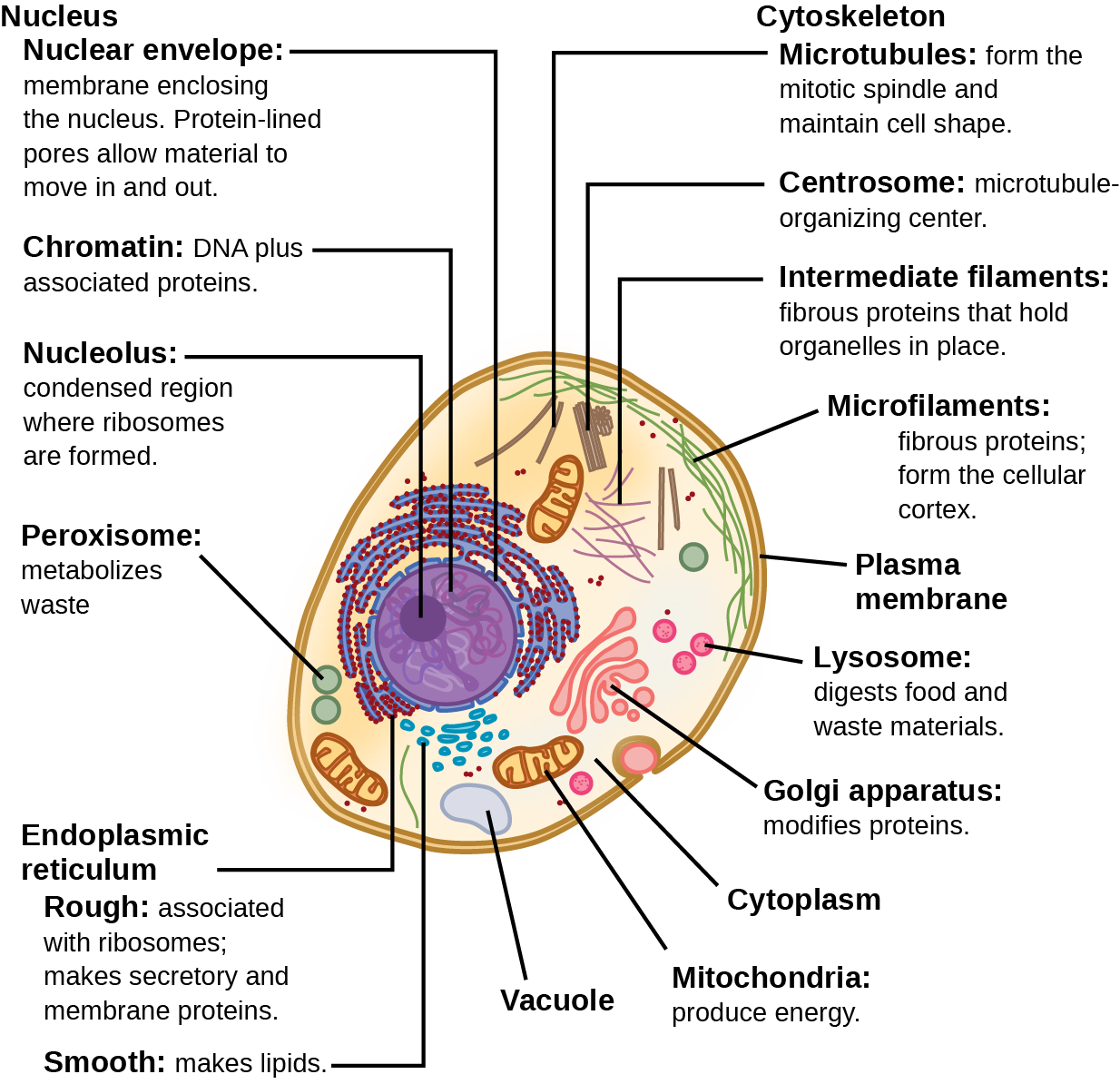

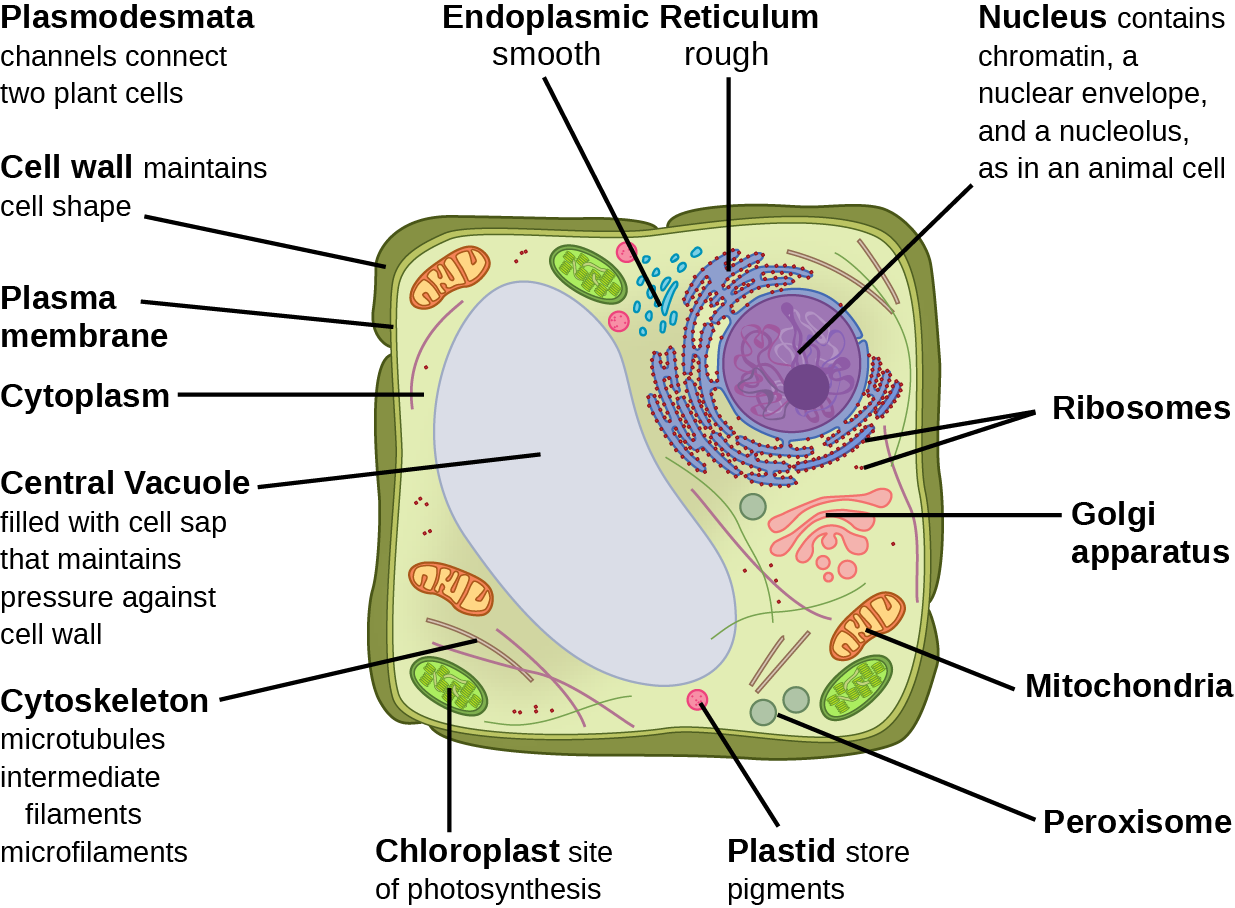

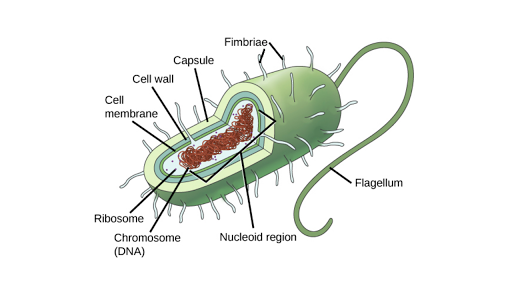

Comments
Post a Comment